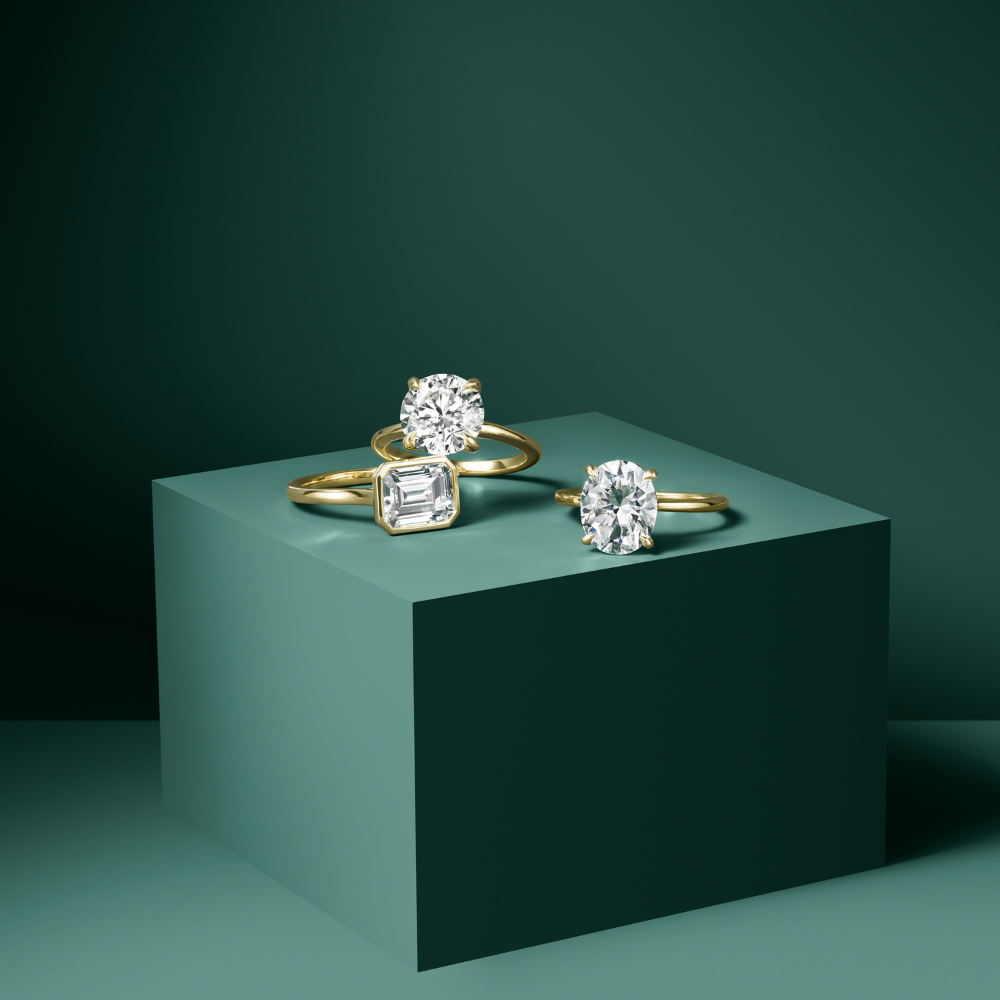An engagement ring is a symbol of love and commitment. Rooted in centuries of tradition, it holds unique personal and cultural meanings for both the giver and the wearer. In Ancient Rome, engagement rings signified betrothal—today, they are cherished worldwide as representations of a lasting partnership.
Each ring element—whether the cut of the gemstone, the setting style, or the band material—can reflect the unique story and values of the couple. For many, the diamond or gemstone at the center symbolizes the strength of a relationship. Different gemstones and ring designs can carry additional layers of meaning—for instance:
- Diamonds: Associated with durability and eternal love.
- Sapphires: Represent loyalty and sincerity.
- Emeralds: Signify growth and new beginnings.
Across cultures, engagement rings are worn differently. In Western traditions, they are worn on the fourth finger of the left hand which was believed to contain the “vena amoris” or vein of love. In other cultures, rings may be worn on the right hand or exchanged during the wedding ceremony itself.
Modern interpretations of engagement rings are also evolving. Many people see the ring as a personal statement of style or an investment, while others prioritize its sentimental value over monetary worth. Additionally, the growing popularity of alternative gemstones, styles, and ethical sourcing practices reflects a shift toward self-expression and sustainability.
Beyond its beauty, an engagement ring serves as a lasting reminder of a shared commitment and the joy of starting a life together. For many, it becomes an heirloom passed down through generations, carrying memories and stories. Its rich history and enduring symbolism make it one of the most meaningful purchases in a person’s life.






